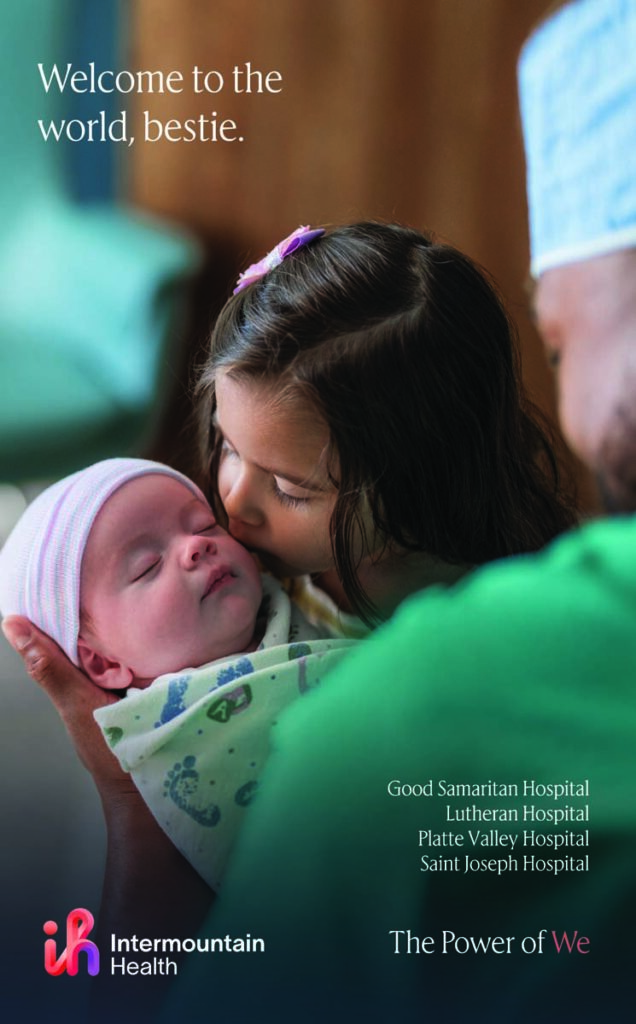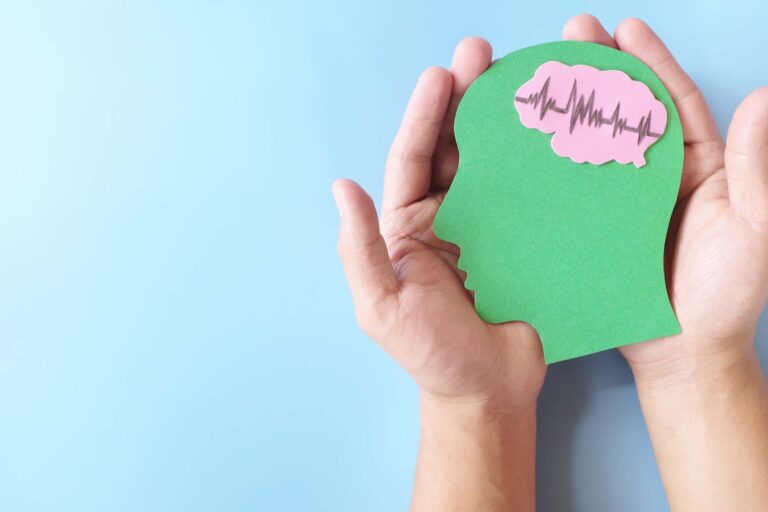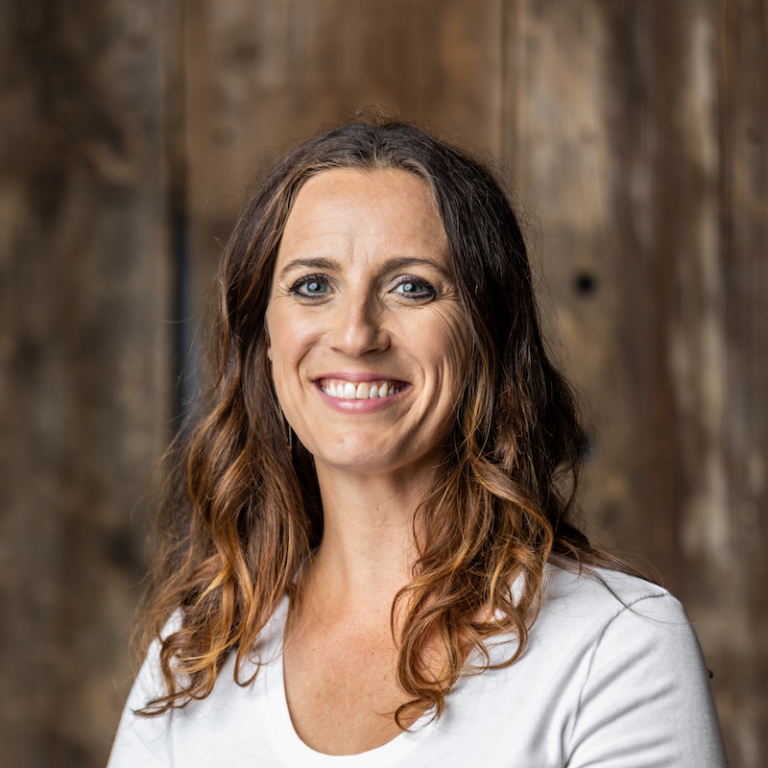Just as we see updated, less restrictive guidance on COVID-19 from the Centers for Disease Control regarding isolation, testing and social distancing, we now have another infectious disease spreading throughout the world. In July, the World Health Organization declared monkeypox a global health emergency, and in early August, the U.S. followed suit.
WHO is tracking over 38,000 cases worldwide and the CDC identified 3,487 cases as of July 25, with exponential growth noted. The Colorado Department of Public Health and Environment has identified 163 cases in Colorado as of Aug. 16 and vaccinated over 4,000 people.
The U.S. is mainly affected by the West African monkeypox, or Clade II, which causes less severe illness than the Congo Basin strain, Clade I, and is rarely fatal. Getting the current outbreaks under control quickly may prevent monkeypox from becoming endemic to the U.S. and other newly affected areas.
The good news is the monkeypox virus does not spread as readily as COVID-19. It is also a DNA virus, which means it mutates more slowly than an RNA virus such as coronavirus. In most healthy people, monkeypox will run its course without any treatment and lesions will heal in two to four weeks. At this point, you are no longer infectious.
How might you know if you have monkeypox? It initially presents with flu-like symptoms including fever, chills, headache, muscle aches/pain and swollen lymph nodes. One to three days later, a rash develops and changes to liquid-filled bumps (lesions) that eventually crust over and heal within two to four weeks.
How can you get monkeypox? It spreads through close intimate contact or skin-to-skin contact with lesions. Currently, men who have sex with men comprise about 99 percent of cases of monkeypox in the U.S., according to the CDC. It can also be spread by sharing clothing or bedding with an infected person as well as personal items like toothbrushes or eating utensils. People who have oral lesions can spread the virus via respiratory droplets. It can also be spread to the fetus during pregnancy.
How is monkeypox treated? Treatment with vaccine either prior- or post-exposure (if no symptoms of illness) is available in limited supply. ACAM2000 is a live-virus vaccine that creates a lesion and scar at the administration site. The lesion should be covered while healing as it can spread and make others ill especially if they are immune compromised. Jynneos is also a live-virus vaccine but non-replicating. It is given in two doses and does not create a lesion and is intended for use in immune-compromised individuals.
Vaccination is complete about four weeks after administration. Anti-viral agents may be used to treat high-risk, immunocompromised individuals who have monkeypox. Those who received the smallpox vaccine have up to 85 percent immunity to monkeypox, but scientists think immunity may be waning. Vaccination against smallpox in the general public stopped by 1980 when the WHO declared it eradicated.
Infected individuals should isolate until pox lesions have dried up and new skin has formed. Supportive care should also be provided. Keep hydrated, take over-the-counter pain relievers and fever reducers as needed, and cover lesions to avoid spreading to other parts of the body.
Monkeypox virus is inactivated by UV light, alcohol-based hand sanitizers and disinfectants. Washing of dishes and cutlery should be done with hot, soapy water. Laundry can be done following the label instructions.
For further information, or to assess your personal risk, refer to cdphe.colorado.gov, CDC.gov or WHO.org for up-to-date information.
Jessica Lowery is the Manager of Infection Prevention and Control at Lutheran Medical Center.






